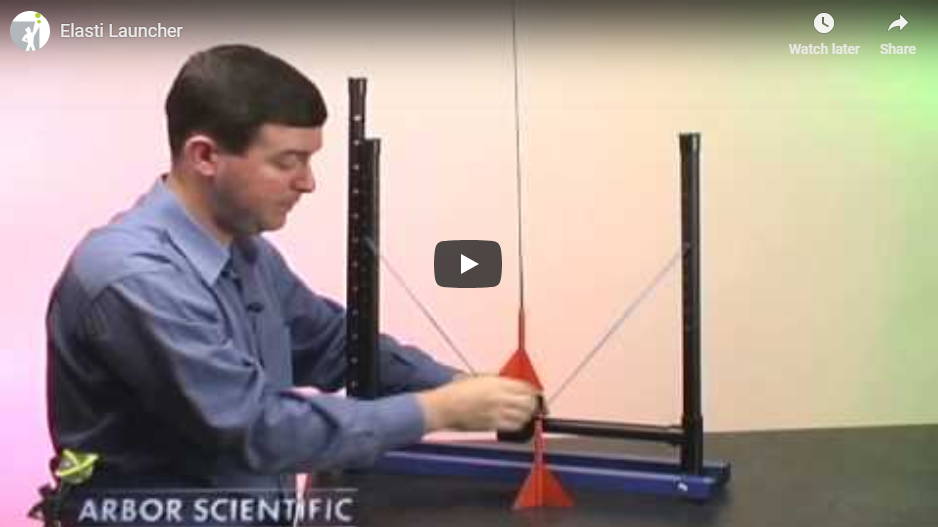Featured Products
Projectile Motion for Everyone
Everybody loves the unforgettable, visceral thrill of a rocket launch. Whether it's the Saturn V with 7.6 million pounds of thrust or a tiny model launched from your backyard, projectile motion can be studied and understood by students of all ages. In fact, many teachers conduct projectile motion demonstrations with water-powered or solid-fuel model rockets. These demos are exciting, but they are not examples of true projectiles! Instead of one initial launch force, they have a timed "burn" while the fuel is spent. With a true projectile, after the initial force, the only thing affecting the flight is gravity. For a pure study of projectile motion, the variables we're interested in are launch force, gravity, and launch angle. Air resistance does play a role, but we tend to ignore it for the sake of understanding at the elementary and middle school levels. At the high school level, it may be taken into consideration.
This month, we've got some fun activities that help explain the forces involved in rocket flight.
Determining initial velocity
Students launch the projectile vertically and time how long it takes for the projectile to complete the trip up and down. This time is then divided in half to get a good time of the upward portion of the projectile flight. You can then calculate the initial velocity of the projectile by multiplying the time by the rate at which gravity affects a falling object (rounded to 10 m/s for quick calculation).
If our round trip flight, up and down was 6.5 seconds our calculation for initial velocity would be (6.5 ÷ 2) x 10 m/s = 32.5 m/s


